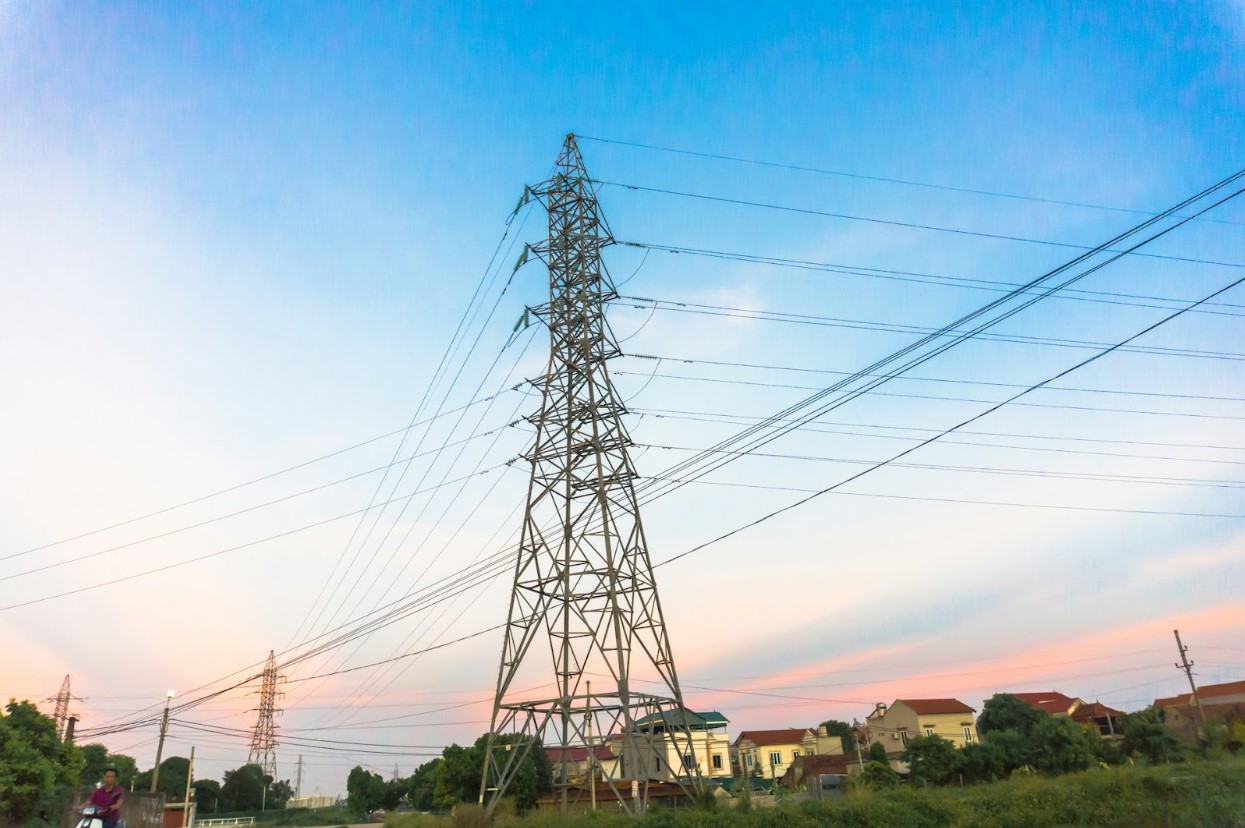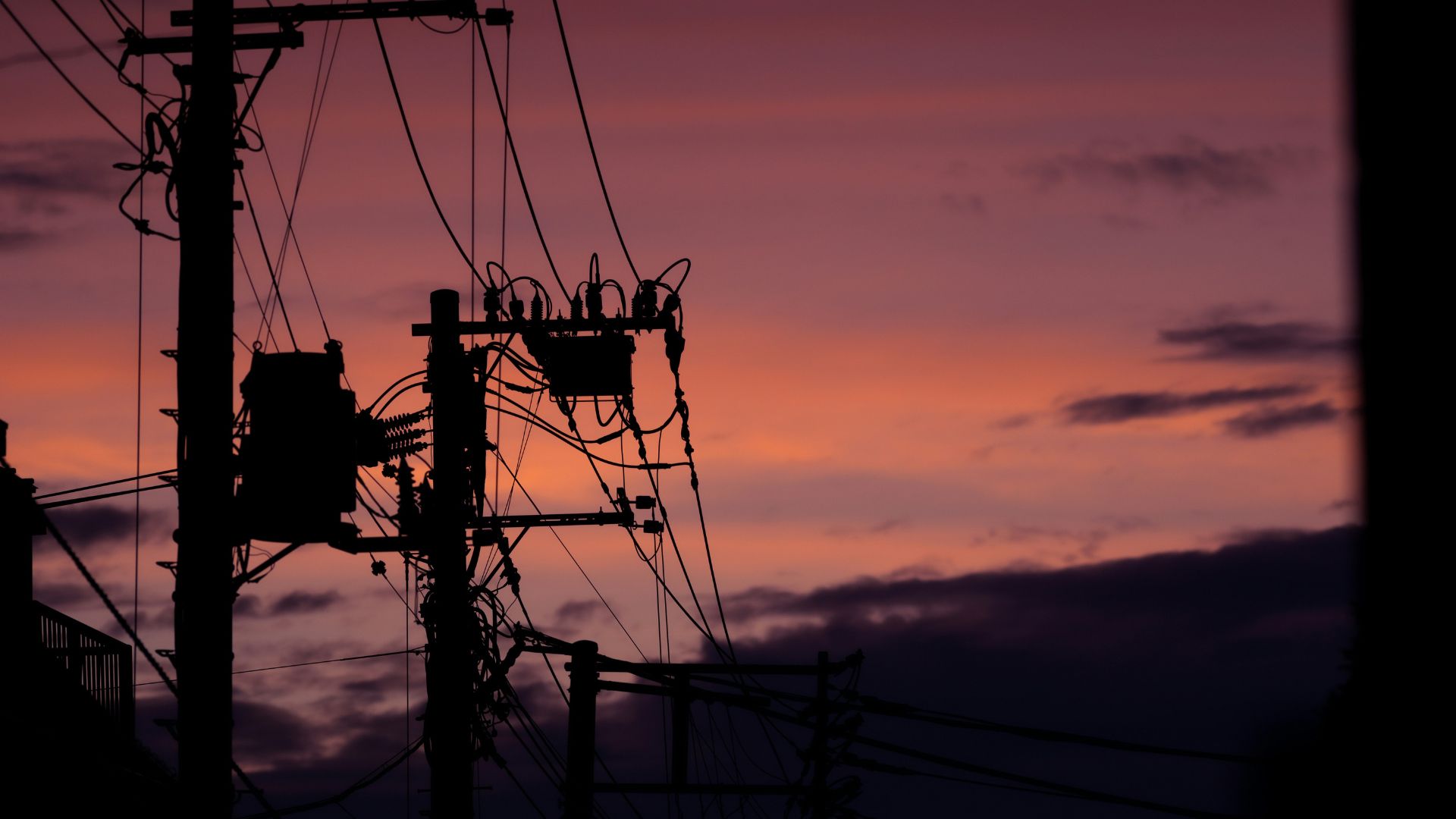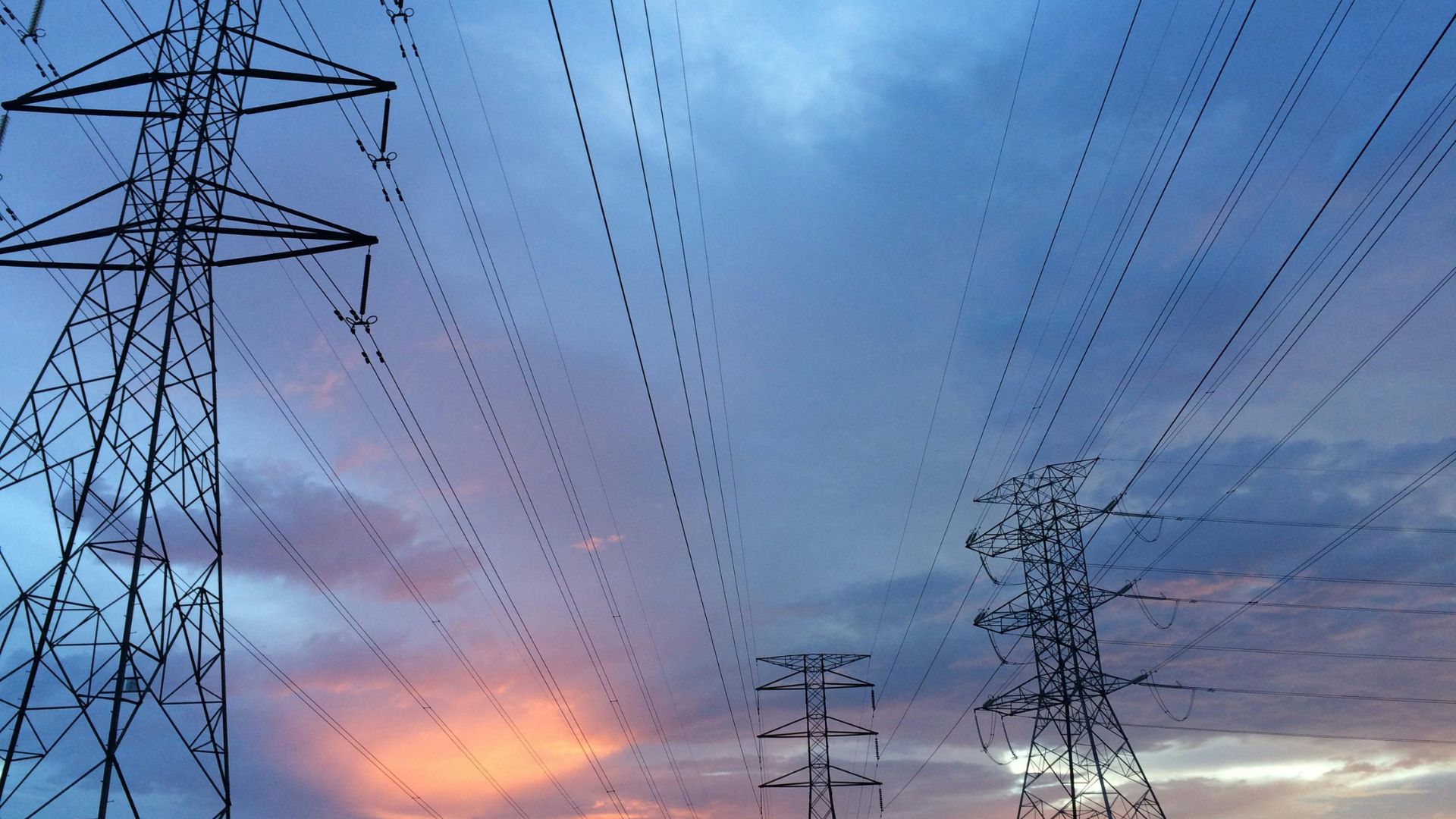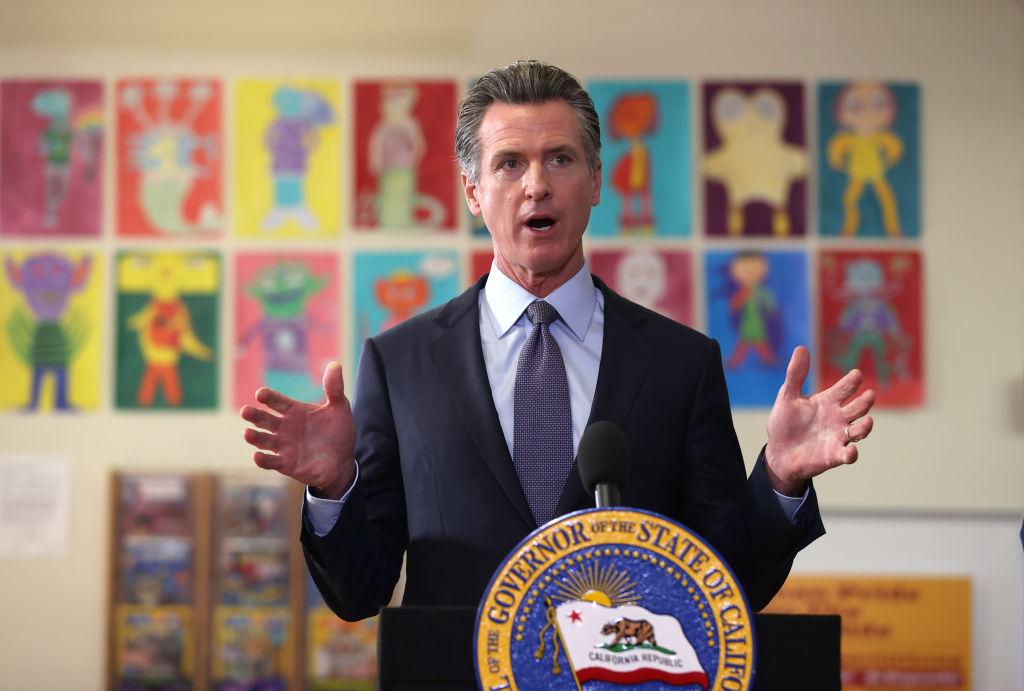California Sets a New Standard with Solar Power Milestone
California recently achieved a remarkable feat in renewable energy. For 55 consecutive days, the state’s solar, wind, and hydropower exceeded 100% of electricity demand for part of the day.
This continuous streak underscores California’s leadership in renewable energy adoption and its commitment to reducing reliance on fossil fuels.
Surpassing 100% Power Demand
On several occasions, California’s renewable energy output has surpassed 100% of electricity demand.

Source: American Public Power Association/Unsplash
Notably, solar power alone hit a peak of 102.1%, demonstrating the efficiency and potential of solar energy in meeting and exceeding the state’s electricity needs. This achievement highlights the scalability of solar power as a primary energy source.
Sustained Renewable Energy Output
Since early March 2024, California has managed to achieve over 100% renewable energy output on 80 out of 87 days.

Source: Leohoho/Unsplash
This sustained performance indicates the reliability and consistency of renewable energy sources in providing a stable electricity supply, marking a significant milestone in the state’s energy journey.
Record-breaking Renewable Energy
California’s combined renewable energy sources — solar, wind, and hydro — reached a peak of 136.4% of electricity demand.

Source: Mario Tama/Getty Images
This record-breaking figure not only underscores the state’s progress in harnessing natural energy resources but also sets a new benchmark for renewable energy integration on a large scale.
Addressing the Duck Curve
California is effectively tackling the “duck curve” challenge, a phenomenon where electricity demand spikes after sunset.

Source: natsuki/Unsplash
The state’s approach involves large-scale battery storage systems that store excess solar energy generated during the day and release it during peak evening hours, ensuring a balanced and reliable energy supply.
Battery Storage: The Game Changer
Battery storage systems are proving to be a game changer in California’s energy strategy. These systems store surplus solar energy and release it when needed, especially during peak demand hours in the evening.

Source: Pok Rie/Pexels
This technology is crucial in managing the state’s electricity supply and reducing dependency on non-renewable energy sources.
Impact on Natural Gas Usage
The successful implementation of battery storage has significantly reduced California’s reliance on natural gas during peak hours.

Source: goblinbox_(queen_of_ad_hoc_bento)/Wikimedia Commons
This reduction not only helps in lowering greenhouse gas emissions but also supports the state’s transition towards a more sustainable and eco-friendly energy system.
Dispelling Electricity Price Myths
High electricity prices in California are often incorrectly attributed to renewable energy. However, the primary factors include high fossil gas prices, costs from gas disasters, wildfire prevention measures, and maintaining the Diablo Canyon nuclear plant.

Source: Pixabay/Pexels
Renewable energy actually helps in driving down overall electricity costs.
Renewable Energy Drives Down Costs
Research consistently shows that an increased use of renewables can drive down energy costs, benefiting consumers in the long run.

Source: Zbynek Burival/Unsplash
California’s experience is a beaming example of the cost-effectiveness of renewable energy solutions.
California Leading the Way
California’s achievements in renewable energy are setting a new standard for the industry.

Source: Getty Images
The state’s ability to generate more than 100% of its electricity demand from renewables is inspiring other regions to follow its lead, promoting the adoption of sustainable energy practices worldwide.
Future Prospects
As we approach the summer solstice, further records in renewable energy generation are expected in California.

Source: Lala Miklós/Unsplash
The state’s continued progress is likely to pave the way for more advancements in sustainable energy solutions, making it a beacon of innovation in the renewable energy sector.
Global Impact
California’s success in renewable energy serves as a model for other states and countries.

Source: Brett Sayles/Pexels
By demonstrating the feasibility and benefits of renewable energy, California is playing a crucial role in the global shift towards a sustainable energy future, encouraging other regions to adopt similar practices and policies.
